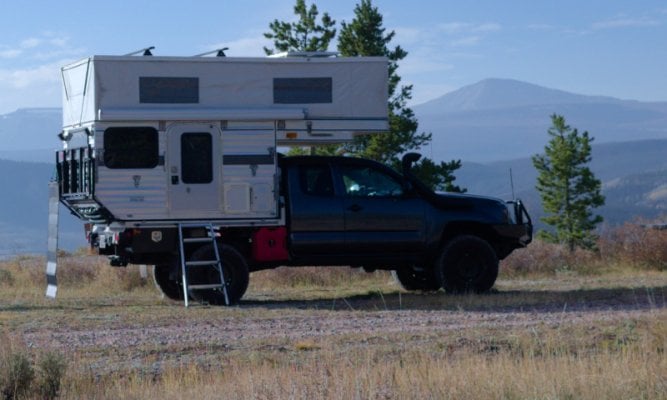I checked the bolts on my camper, and none were free spinning, but they were all equally loose. I didn't really have a wrench big enough to tighten them, and had some other work to do on my truck, so got a BIG socket wrench. (A flatbed to frame bolt was cracked off, and a few other bolts loose).
With this wrench, I am able to tighten these too much! The first one, I wasn't really paying attention and just kept turning the thing, w/out much effort.. Then noticed the aluminum plate the bolt goes through was warping! So, I guess tight enough! The others, all loose enough for me to turn w/out any effort w/ my about two foot long socket wrench. I don't want to break anything. I was expecting to turn these until I couldn't turn them anymore.. But w/ this big tool, I guess I could pull the bolt right through the aluminum bed frame!
I'm new to large engineering and repair.. (I'm an EE, so lifetime of building and repairing small things, but I was never really in to vehicles until now)
With this wrench, I am able to tighten these too much! The first one, I wasn't really paying attention and just kept turning the thing, w/out much effort.. Then noticed the aluminum plate the bolt goes through was warping! So, I guess tight enough! The others, all loose enough for me to turn w/out any effort w/ my about two foot long socket wrench. I don't want to break anything. I was expecting to turn these until I couldn't turn them anymore.. But w/ this big tool, I guess I could pull the bolt right through the aluminum bed frame!
I'm new to large engineering and repair.. (I'm an EE, so lifetime of building and repairing small things, but I was never really in to vehicles until now)


